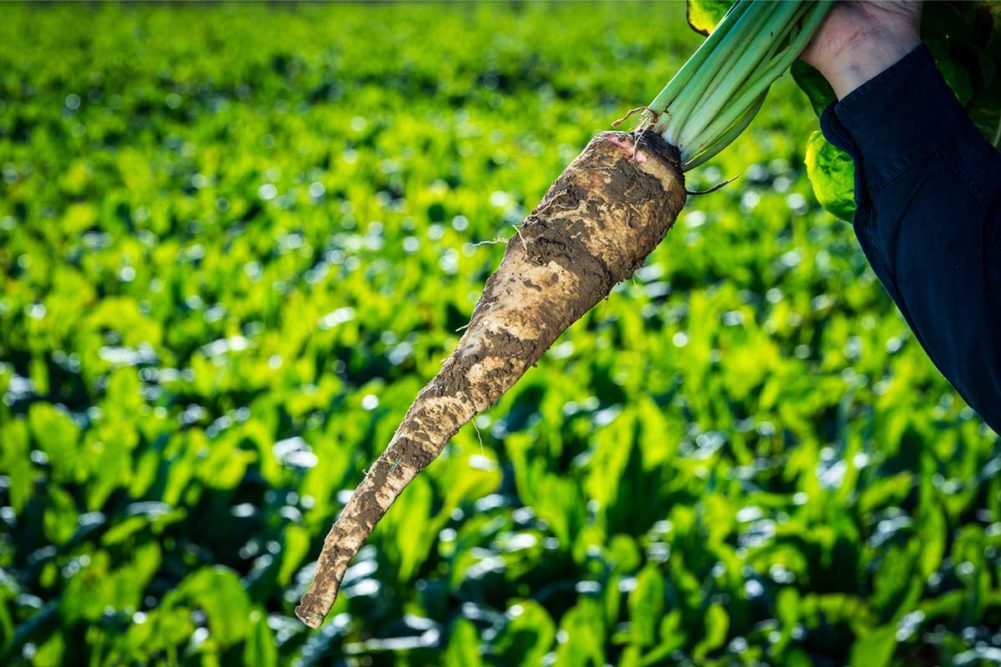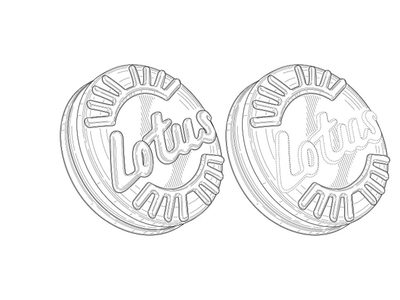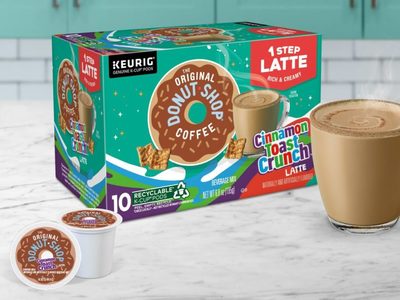With many baked goods, it takes a systems approach to reduce sugar while still contributing all the functionality it provides such as bulk, moisture retention and more.
“Granulated sucrose is the most common and cost-effective sweetener used by bakers,” said Kandice Longmire, business development manager, sugar reduction, Batory Foods. “Its functional attributes are not limitless but close to it in the bakery world. They include color, volume development, solids, bake spread, moisture retention, shelf life extension, crystallization, tenderness and, of course, sweetness.”
Oftentimes a combination of ingredients is necessary to create a sugar substitute.
“Ingredient substitution of white granulated sugar usually will encompass a combination of ingredients based on the usage level of sucrose alone,” Ms. Longmire said. “A cake formula, for example, can easily contain 40% to 55% granulated sugar. A combination of soluble corn fiber and allulose can be used to not only replace the bulk, but the allulose can contribute to the color development for the reduced-sugar cake.”
Icon Foods has a sweetening system for bakers that contains leavening and mild acidulants coupled with fiber, allulose, erythritol, Reb M stevia and monk fruit. Thom King, chief executive officer, Icon Foods suggested it makes “a perfect plug-in replacement for sucrose in baked goods.”
“It is functional, neutral in flavor, participates in Maillard browning and contributes mouthfeel similarly to sucrose,” he said. “This makes clean label sugar reduction in baked goods simple as pie.”
In baked goods, high-intensity sweeteners often rely on bulking ingredients, typically dietary fibers, which help build back structure in the baked good when sugar is reduced. For example, ADM/Matsutani LLC’s soluble dietary fiber can take the place of sugar, honey or syrups. It may be blended with butter or oil to create consumer-preferred texture and mouthfeel for low-sugar cookies, bars and more.
Solutions beyond sweeteners
Manipulating other ingredients may assist with bringing back indulgence when sugar is reduced. Some may also help keep calorie content down.
Nourish IFF offers enzymes that assist with lowering added sugars in baked goods. It’s a clean label process that maintains sweetness with fewer calories.
“The enzymes work on the gelatinized starch during the bake and produce glucose,” said David Guilfoyle, North America design manager for bakery and fats and oils, Nourish IFF. “The end result is a baked good that maintains its color and sweetness at up to a 30% reduction of formulary sugar. When it is paired up with other technologies, a greater amount of formulary sugar reduction can be gained.”
Catherine Hogan, North America bakery marketing lead at Nourish IFF, added that one such technology is polydextrose.
“It is a low-calorie and sugar-free specialty carbohydrate that is also a dietary fiber,” she said. “It can replace the bulk that sugar provides in baked goods.”
Chicory root fibers in the form of inulin and oligofructose provide bulk solids while only containing 2 calories per gram, according to Kyle Krause, regional product manager, functional fibers and carbohydrates, Beneo.
“They are also proven prebiotic fibers, which deliver digestive health and other benefits associated with being prebiotic,” he said. “They can reduce sugar and added sugars while maintaining the taste and texture of the final product.”
Natural flavor modulation systems may elevate and rebalance the taste and mouthfeel of reduced-sugar baked goods. Wixon, for example, offers natural flavors that complement the reduction of sugar.
“Flavors such as vanilla, caramel, mocha and maple help to hide some of the off notes that are often found in healthier ingredients, as well as to give the bakery items a more indulgent taste profile,” said Denise Baldeh, director of research and development at Wixon.
Vegetable shortening can also be used when reducing sugar content from baked goods.
“Vegetable fats and oils can be used in baked goods to give a moist and tender texture when sugar content is reduced,” said Jackie Steffey, senior customer innovation manager, AAK. “Vegetable shortenings can promote creaming during the mixing process. Emulsifiers can be added to promote additional moisture retention and aeration in baked goods.”
Sometimes making little cuts in sugar here and there makes the most sense. Using sugar-free inclusions, for example, can provide some of those cuts.
“Inclusions enhance the product with flavor but may also add unwanted sugar,” Mr. King said. “Zero sugar-added inclusions and flavor bits that emulate berry, peach, chocolate mint and more flavors can achieve the taste and texture desired without sacrificing a reduced- or zero-sugar label.”
Eliminating sugar completely may be difficult, but there is always room for improvement.
“Providing a healthier, indulgent treat does not equate to the complete elimination of sugar,” Ms. Longmire concluded. “With advancements in ingredient technology and an abundance of sugar reduction solutions, there is always an opportunity to make improvements.”
This article is an excerpt from the April 2023 issue of Baking & Snack. To read the entire feature on Sugar Reduction, click here.






